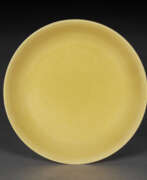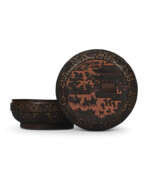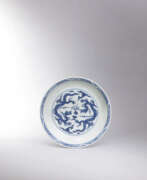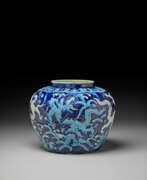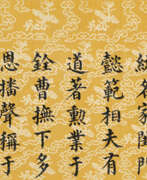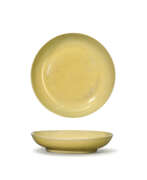Hongzhi period
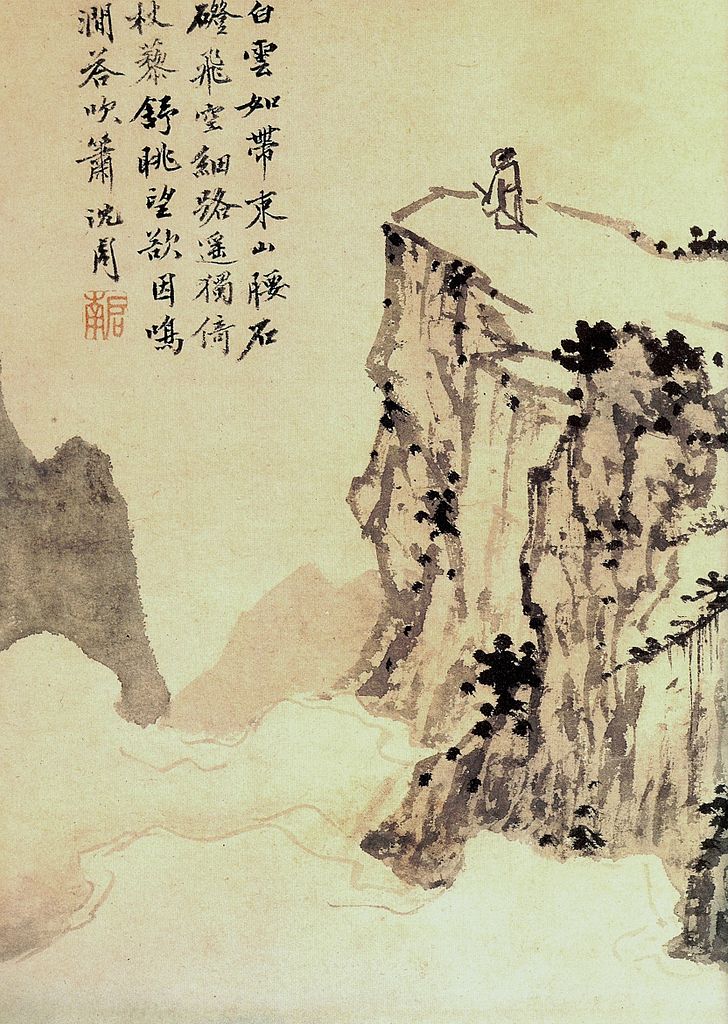
Hongzhi period
The Hongzhi period, which lasted from 1487 to 1505, was an important era of China's Ming Dynasty, known for its cultural and artistic achievements. This period of Emperor Hongzhi's reign is often celebrated as the "Hongzhi Restoration", a time of political stability and economic growth. Emperor Hongzhi, known for his skillful and conscientious Confucian-inspired rule, left an indelible mark on Chinese culture and governance.
Despite problems in the later years of his reign, including governance problems and military neglect, the Hongzhi period is particularly known for its contributions to the arts. Advances in porcelain production were made during this era with the introduction of colored overglaze primers, a technique that gave Chinese ceramics brilliance and variety. This artistic innovation is evidenced in the exquisite pieces from this period that are housed in museums around the world, including the Metropolitan Museum of Art.
For collectors and experts in art and antiques, the Hongzhi period represents an era of artistic sophistication and cultural richness. His legacy of porcelain and ceramics provides a window into the refined artistry of the Ming dynasty. These works are not only historical artifacts, but are also revered for their aesthetic value and technical brilliance.
To keep abreast of the latest discoveries, sales and auction events related to the Hongzhi period, we invite you to subscribe to our newsletter. This subscription is an exclusive opportunity for enthusiasts and collectors to stay informed about this remarkable historical era and its enduring artistic contribution.
| Country: | Asia, China |
|---|---|
| Start of the period: | 1487 |
| End of the period: | 1505 |

